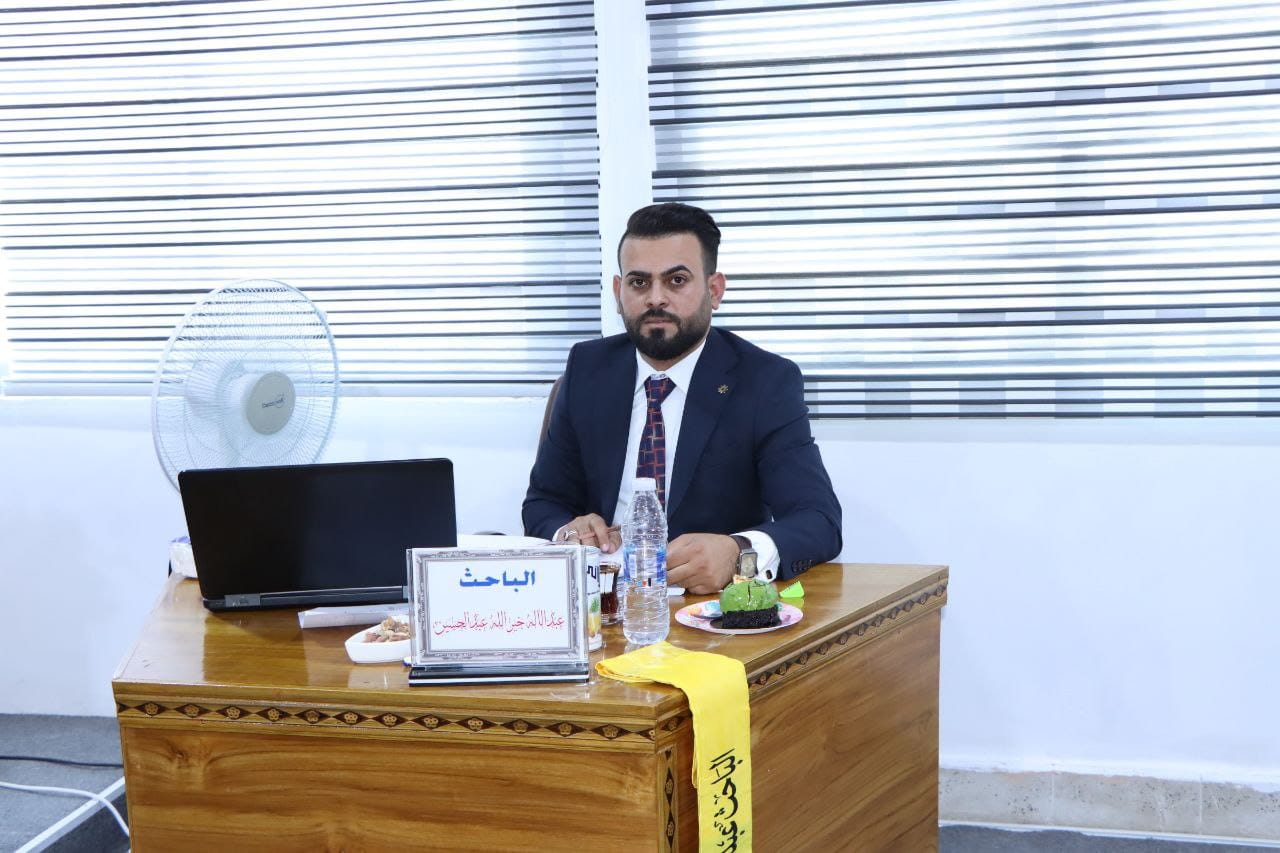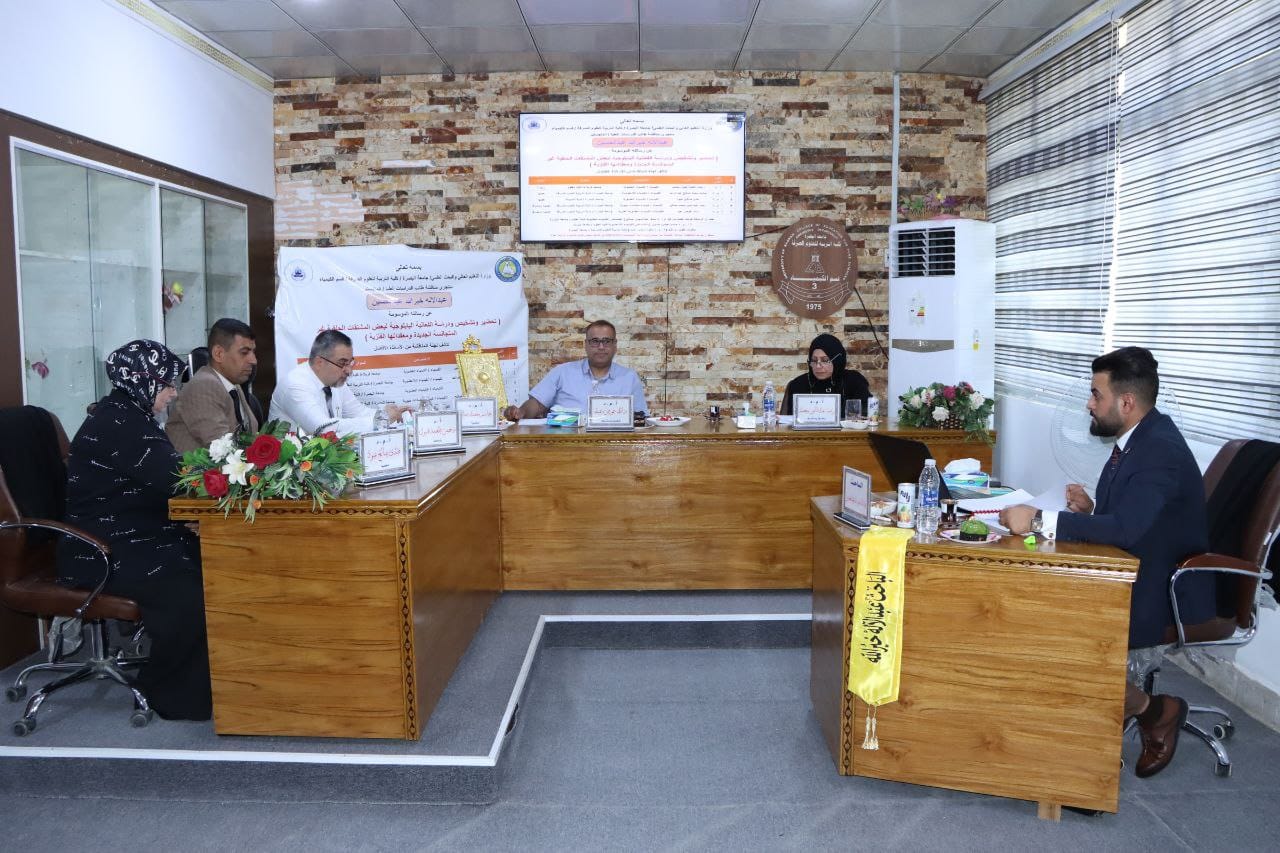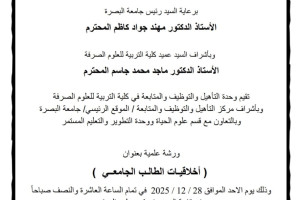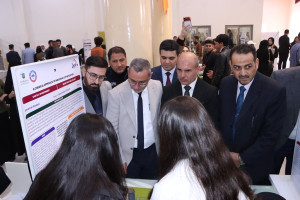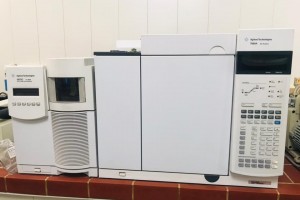
The College of Education for Pure Sciences in the Department of Chemistry discussed a master’s thesis on the preparation, diagnosis and study of the biological activity of some new pyrazole derivatives and their metal complexes.
The thesis presented by the researcher (AbdulIlah Khairallah Abdul Hussein) included the preparation of four chalconate compounds through the condensation reaction in the presence of sodium hydroxide (10%), and using ethanol as a solvent. The chalconate was reacted with aqueous hydrazine at a concentration of 80% in the presence of drops of concentrated hydrochloric acid in an ethanol solvent to prepare four pyrazole derivatives:
The prepared compounds were characterized through spectroscopic techniques such as FT-IR, 1H-NMR, 13C-NMR, and mass spectrometry (EI).
The prepared pyrazoles were used as glycans in the preparation of eight new coordination complexes of the transition elements (copper and cobalt) by reflux distillation, and they were characterized by spectroscopic methods using ultraviolet and visible (UV–vis) spectroscopy, infrared spectroscopy (FT-IR), thermogravimetric analysis (TGA), and mass measurement technology. (ESI), magnetic susceptibility (M.S) and electrical conductivity (E.C). It has been found that non-electrolytic binary copper complexes in dimethylformamide (DMF) solvent where the ratio is 1:1 of ligand: metal ion and Cu-Cu bond due to the magnetic properties revealed by these complexes, and in the presence of two molecules of the acetate ion, the ligand is a two-chain coordination ligand. As for the cobalt complexes, the ligand ratio is
The results showed good activity for some of these compounds, especially the pyrazole compound P4 and its complexes prepared from copper at different concentrations.
